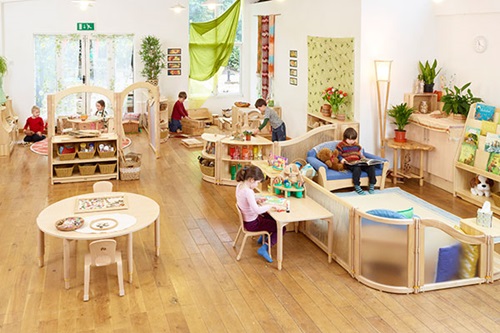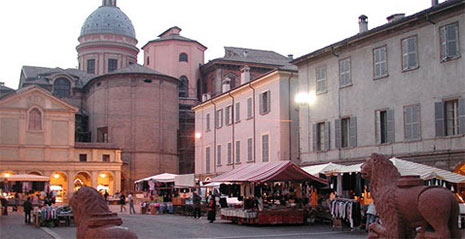Drawing inspiration from the Reggio Emilia approach
Inspiring connection, creativity and curiosity in the classroom
| June 2022Standing in a classroom, I see a child pick up a magnifying glass. She starts exploring the growth of the plants from a class planting project several weeks ago. In the art area, a small group of children are creating tile mosaics based on ancient artifacts they’ve been studying. In another corner, several are dancing in front of a light, watching their shadows move and play across the wall. Observing the children's art displays around the room, I suddenly realise – this Reggio Emilia-inspired classroom is dedicated entirely to their creativity and exploration. Here every child’s individual journey of discovery is valued and supported.
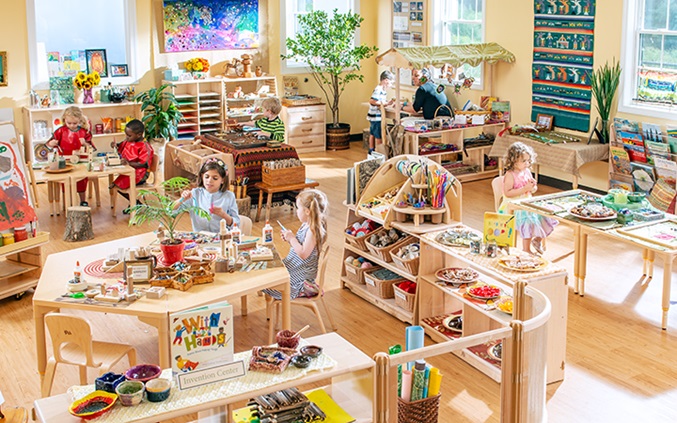
Background and history
The Reggio Emilia approach, named for its founding city, began in Reggio Emilia, Italy as a response to the effects of WWII on the country. A group of parents in the Reggio Emilia area – led largely by mothers – were inspired by a desire to teach their children in a new innovative way. After building their own nursery, they partnered with Loris Malaguzzi, a local teacher and psychologist, to ensure the centre flourished. He then worked with the municipality to establish other nurseries and expanded the reach of the Reggio Emilia approach.
Thanks to this visionary beginning, the Reggio Emilia philosophy has spread worldwide. As it is not bound by a formal accreditation process, its core principle of child-centred learning makes it applicable to many diverse settings. This view of teaching embraces the strengths of each child and is evident in the concept of “a child’s 100 languages”.
The hundred languages of children
According to the Reggio perspective, each child has a hundred languages – a myriad of ways that they experience the world, express themselves and develop their unique strengths. This world view brings value to what the child can do and puts them at the centre. The child becomes the protagonist, or main character, with an active role in the learning process. Guiding them through the learning process are three primary influences, referred to as the “three teachers”.
The three teachers
The three teachers in a child's life are their parents, the classroom teacher and the environment. The child is the focus, the main character, with the supporting roles going to each of the three teachers. The family, classroom teacher and environment work together to support the child's development. The child needs to have rich and meaningful interactions with all three.
The family are the experts on their child, so teachers should value their role and input. Parents hold clues to the family's culture, background and dynamics. They have goals and expectations for their child and can talk about the child's interests in the home. A reciprocal partnership creates a meaningful connection between home and school – for example, by sharing photos, anecdotes or other forms of documentation with parents illustrating the child's projects from school.
The classroom teacher works with the child as a facilitator, co-learner, active observer and collaborator. By embracing the child's 100 languages, teachers facilitate exploration, mistakes and the opportunity to find solutions. Learning and growth are layered in the Reggio approach, so time must be allowed for more profound knowledge to emerge. Engaging and learning with and from a child forms a meaningful relationship. Rather than direct them, teachers should observe their actions to understand how the child learns. Finally, educators should collaborate with colleagues and take time for self-reflection.
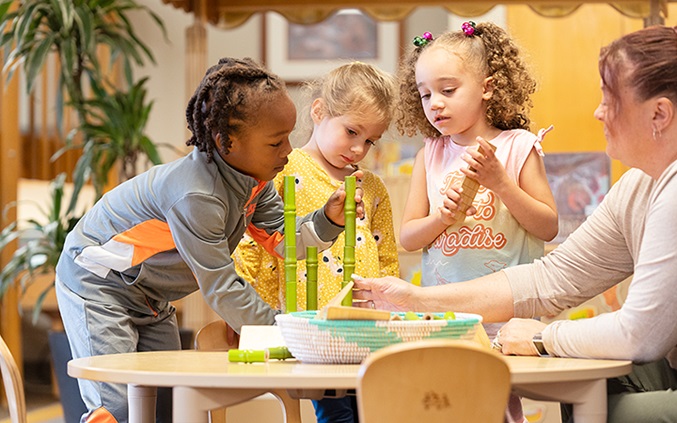
The environment of a child should be free-flowing, promoting play, exploration, learning and creativity. Teachers need to create a space that fosters connection, community and belonging. They should also ensure that children are well-represented in the classroom by providing ample room for individual, small and large group play. A space that feels like home – with materials arranged invitingly on tables or shelves – invites children in and sparks their curiosity. Teachers can also use natural light, lamps and baskets. In addition, the outdoor classroom should be as well-planned and intentional as the indoor spaces.
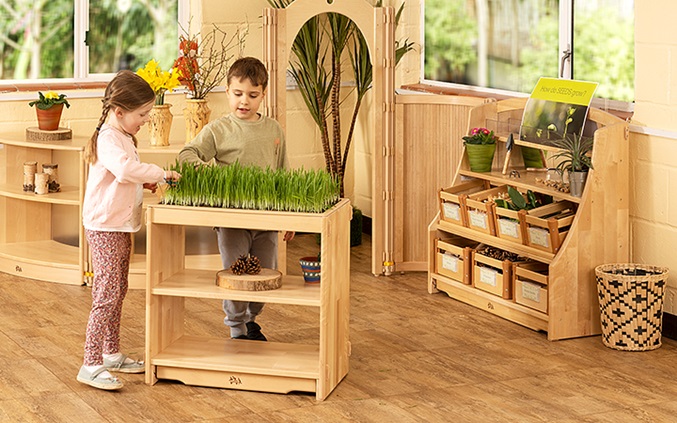
Vehicles for learning
The Reggio approach supports four essential vehicles for learning: an emergent curriculum, in-depth projects, representational development and collaboration.
An emergent curriculum is derived from the child's interests and ensures engagement in the learning topic. Many nurseries follow a prescribed curriculum with specific topics and activities to complete each week. The Reggio Emilia approach is a guide to draw inspiration from – even a prescribed curriculum can have emergent elements. For example, teachers could create an “interests” board on the classroom wall with pictures and captions that change based on children's evolving interests. Children love a sense of agency in deciding the theme for a learning area. Alternatively, teachers could dedicate part of carpet time to learning about the individuals present. Asking questions that children instinctively know the answers to can lead the conversation into further exploration and wonder.
In-depth projects are more profound studies of concepts and ideas rooted in children's interests. In the Reggio approach, they are often called “adventures” and can last a couple of weeks or span the whole school year. Teachers should introduce topics children are particularly interested in, such as an in-depth study of dinosaurs or savannahs animals. Many topics have shared aspects, so integrating them encourages a continued in-depth analysis. For example, teachers could add art or writing to the science area, add books to the block area or create a dramatic play area outside. Similarly, teachers might document the daily learning process – through photos, writing down children's words, saving work samples and referring back to them during carpet time for reflection and continued discovery.
Representational development is about presenting content to children – print, art, drama, construction, dance, music, puppetry, shadow play, etc. Varied content presentations ensure all children can connect with and understand the concepts. For example, teachers could act out the weather, create a class-made book or take art outside. Children learn differently through their 100 languages.
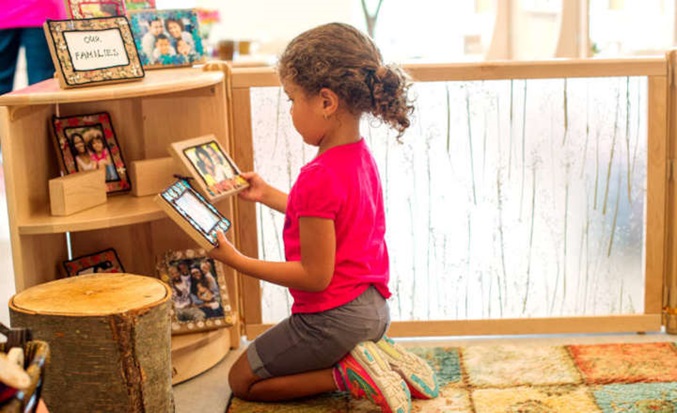
Collaboration with peers, teachers and the environment is essential in the Reggio-inspired learning process. Cooperation supports problem-solving and dialogue and ensures each child's voice is heard. Care providers should ask children throughout the day or at circle time about their interests while encouraging peers to help each other and learn from one another in play.
A child-centred method to education like the Reggio approach is extremely beneficial to a child’s development. It encourages equitable learning as each child is valued and seen with the right to knowledge, education and interactions that support their best selves. It teaches inclusivity through community building, self-respect and respect for others. Collaboration promotes language development, social skills, cognitive development and executive function skills. The Reggio approach also strengthens family partnerships and creates a home–school collaboration, which is extremely beneficial for child development.
Conclusion
It's hard not to be inspired by the Reggio Emilia approach. When making changes to your classroom, remember to start small. Consider what can easily be changed or how to use what you already have differently. Think outside the box about which aspects of your curriculum could be more emergent. Teaching practices change through habit, so set goals to start actively observing. Take notes on children's play and interests, and take photos to document learning. Involve families and create a learning environment representative of the children in your classroom. Bring the outdoors in and the indoors out. The enhanced environments will motivate your children to become architects of their own learning.
References
Biermeier, M (2015). Inspired by Reggio Emilia: Emergent curriculum in relationship-driven learning environments. https://www.naeyc.org/resources/pubs/yc/nov2015/emergent-curriculum
Flavin, B (2020). What is Reggio Emilia? Your guide to this child driven approach. Rasmussen University. https://www.rasmussen.edu/degrees/education/blog/what-is-reggio-emilia/
Grand Rapids Child Discovery Center (2023). What is the Reggio Emilia approach?. https://childdiscoverycenter.org/non-traditional-classroom/what-is-the-reggio-emilia-approach/
Picture Perfect Playgrounds (2023). Loris Malaguzzi. Play and Playground Encyclopedia.
Reggio Emilia Approach (2023). Reggio Emilia approach. https://www.reggiochildren.it/en/reggio-emilia-approach/
Stoudt, A (2023). The Reggio Emilia approach. Scholastic. https://www.scholastic.com/teachers/articles/teaching-content/reggio-emilia-approach/
The Scotts College Sydney Australia (2017). What is the Reggio Emilia philosophy? https://www.tsc.nsw.edu.au/what-is-the-reggio-emilia-philosophy/




